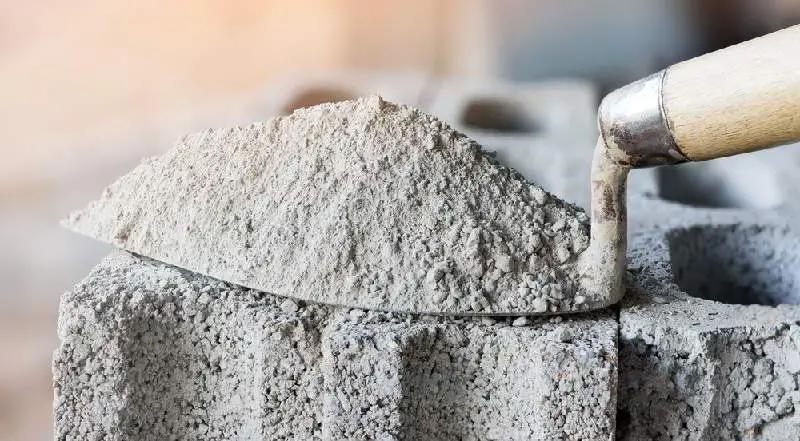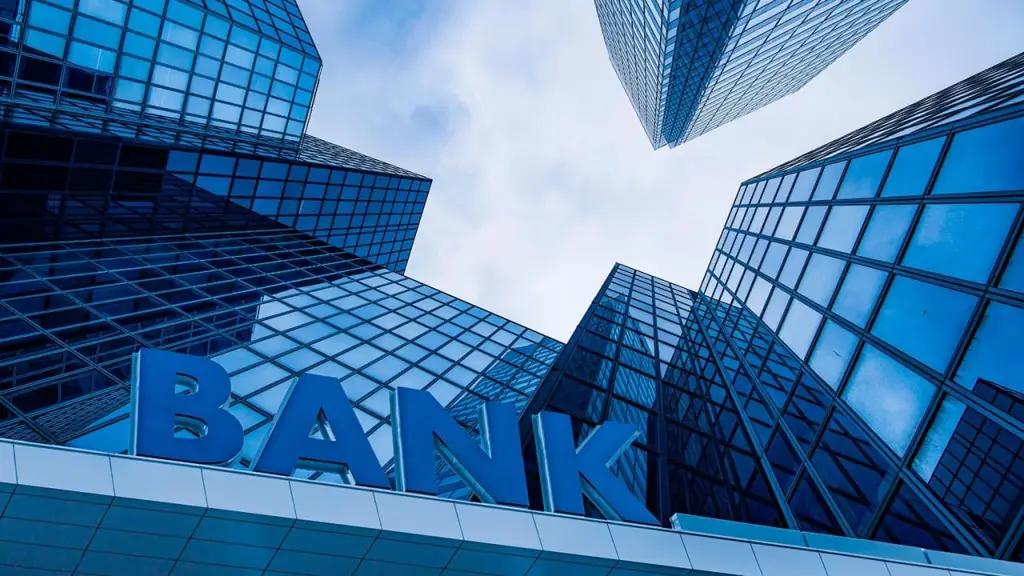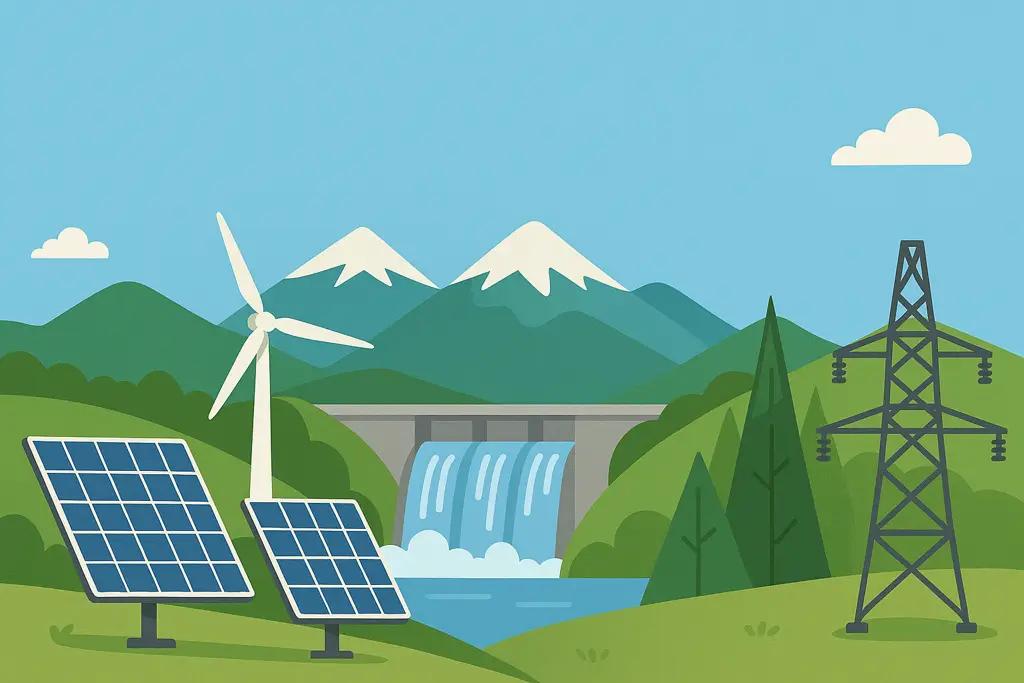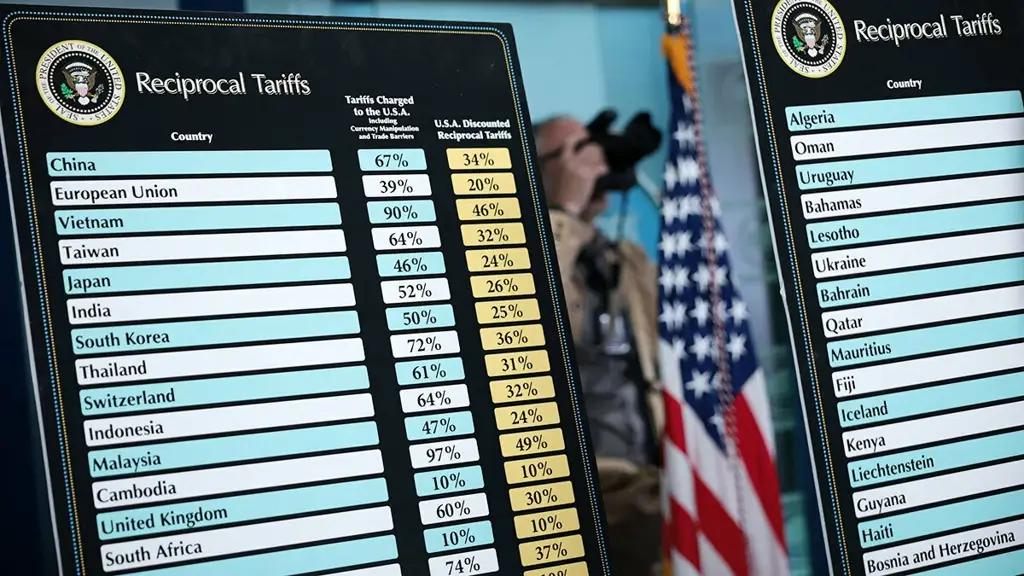
Published
05/09/2025, 13:00May in Kyrgyzstan marks the start of the construction season. Traditionally, thousands of families begin work on laying foundations, erecting fences and building extensions. But in 2025, a cement shortage unexpectedly arose on construction sites.
According to residents of the capital and the Chui region, prices have skyrocketed, with reports of increases of up to 600 soms per bag (the usual price is 385 soms). But even at such inflated prices, cement is difficult to find. Factories claim ‘seasonal overload’ and ask people not to panic, while the antitrust service throws up its hands. One of the main factors behind the situation is the restriction on cement imports into the country, introduced in April.
Earlier, Akchabar wrote that by Decree No. 169 of 31 March 2025, the Cabinet of Ministers introduced a six-month ban on the import of Portland cement, high-aluminium cement and hydraulic cement classified under EAEU HS codes 2523 and imported into the country by road. The reason for the restrictions is to protect domestic producers, but the relevant state authority must ensure that protecting private producers does not harm the end consumer. It is important for the government to ensure uninterrupted supplies of goods and competitive prices. To this end, state authorities must consult with key market players to ensure that market needs are met.
Domestic cement producers have enlisted the support of the Chamber of Commerce and Industry, which in turn sent proposals on protecting the domestic market to the head of the cabinet on 27 January this year.
In particular, the letter to the head of the cabinet stated that: ‘The Chamber has received an appeal from domestic cement producers concerned about the current market situation. According to the producers, over the past 10 years, cement production in Kyrgyzstan has almost doubled, from 1.73 million tonnes in 2014 to 3.1 million tonnes in 2024. These figures, according to the statement, fully cover the country's domestic needs. In this regard, the Chamber of Commerce and Industry of the Kyrgyz Republic has proposed a number of measures to protect the domestic market. These include: setting a control price for cement of at least $100 per tonne; extending restrictions on cement imports by road from 1 March to 1 December; and requiring the use of domestic cement in large-scale investment projects of national importance.
Official statements say that the plants are operating, but in reality only one is operating at 20% capacity, the Chui Cement Plant (owned by Terek Tash), while the other, Kantsky Cement Plant, is primarily supplying large projects and government orders. The retail market gets what is left over.
The manufacturers' explanations boil down to a “sudden construction boom.” But neither spring, nor the construction season, nor large-scale state construction projects came as a surprise. These projects were approved, agreed upon and included in development strategies in advance. Nevertheless, import restrictions were introduced at the peak of the construction season.
This raises many questions.
In 2024, according to official data, Kyrgyzstan imported twice as much cement as in the previous year — 526,100 tonnes compared to 242,900 tonnes in 2023. This is due to an increase in supplies of 135,600 tonnes of cement (up to 372,600 tonnes) from Kazakhstan. In addition, thanks to market diversification, 145,400 tonnes were supplied from Uzbekistan instead of just over 1,000 tonnes in 2023. Thanks to open trade, the market was saturated and prices were moderate.
Now, however, imports have been blocked, domestic capacity is underutilised, retail buyers are experiencing a shortage of cement, and there is a lot of outrage on the internet about the shortage of building materials, with accusations against manufacturers and those who initiated the import restrictions.
On 7 May, the Antimonopoly Service, on the instructions of Kasymaliyev, monitored cement prices. The results showed that prices in the south were stable, but in the north there was an increase in the price of M-400 cement (50 kg).
‘Some factories raised prices by 10-20 soms, while others left them unchanged,’ the Ministry of Economy reported.
The manufacturers themselves blame unscrupulous intermediaries for the price increases. But in the end, they are not the ones who benefit.
According to the Ministry of Justice, there are 68 registered cement producers in the country, but the largest ones, operating in the north of the country where the shortage is observed, are the Kant Cement Plant and the Chui Cement Plant. Although the former is considered domestic, it is part of the foreign holding company United Cement Group.
According to Factheck, the owners of the new Chui Cement Plant are Kira Ibragimova and Daniyar Arapbaev, the son of former MP Azamat Arapbae.
Incidentally, Azamat Arapbaev was a key figure in the cement and construction market in Kyrgyzstan for a long time. In 2019, he held 12 licences for the development of mineral resources, including limestone, clay and sand — the very materials used to make cement and bricks — through the company Dannur-Yug.
Although Arapbaev himself claims that he transferred his assets to other owners long ago, all threads still lead back to his entourage.
Terek-Tash LLC and other companies associated with the Arapbaevs now control a significant share of cement production in the north of the country. It is these factories that supply cement to Bishkek and the Chui region. It is these factories that have benefited from the ban on cement imports.
The situation is as follows: prices have risen, there is no supply, imports are banned, and control over cement distribution does not solve the problem. The beneficiaries are obvious. Business logic suggests that creating a shortage is more profitable than ensuring stability. This is especially true when demand is seasonal and there is no competition.
If the Chui plant really does reach full capacity on 16 May, the shortage may be lifted. But the consequences will remain, namely the losses of small private entrepreneurs who have been forced to suspend production, as well as the ruined plans of consumers who have spent money and holidays on a futile search for cement.



